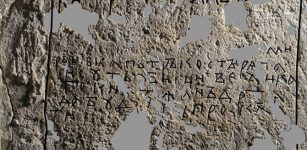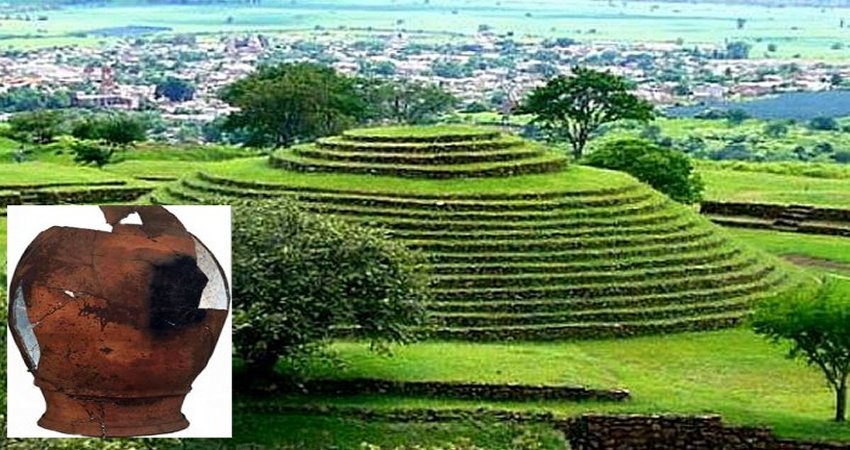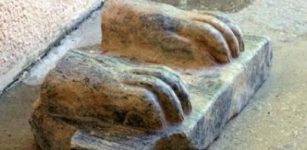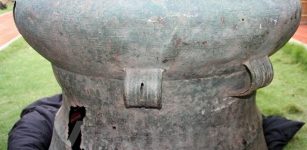Ancient Egyptian Nilometer For Determining Taxes Discovered
MessageToEagle.com – The use of a nilometer in ancient Egypt can be traced back to over 5,000 years ago. The simplest design was a vertical column submerged in the river with marked intervals indicating the depth of the river. Another design was a flight of stairs leading into the river. The nilometer data was then used by the ancient Egyptian priesthood who ‘mysteriously’ predicted when the flood would occur.
Now, archaeologists excavating in the ruins of the ancient city of Thmuis in Egypt’s Delta region have unearthed an ancient nilometer that was used to predict harvest and taxes.
The nilometer was built during the third century B.C., and used for about a thousand years to calculate the water level of the river during the annual flooding of the Nile. Fewer than two dozen of the devices are known to exist.
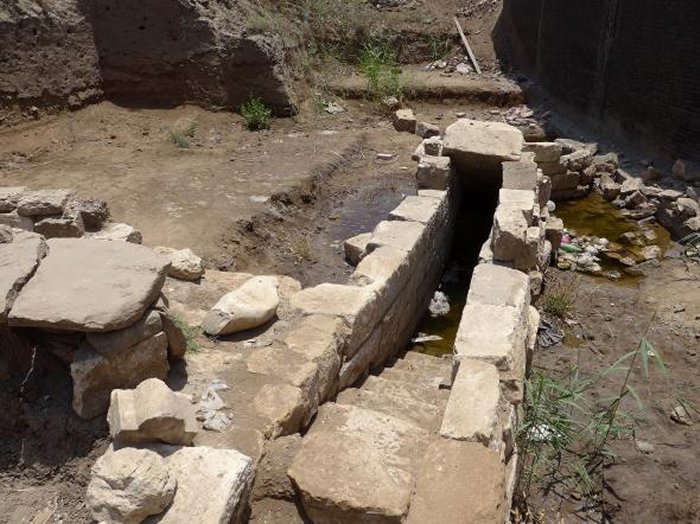
PHOTOGRAPH BY GREG BONDAR, TELL TIMAI PROJECT
“Without the river, there was no life in Egypt,” says University of Hawaii archaeologist Jay Silverstein, a member of the team who works at the site where the nilometer was found, near the modern city of El Mansoura. “We suspect it was originally located within a temple complex. They would’ve thought of the Nile River as a god, and the nilometer was this point of interface between the spiritual and the pragmatic.”
See also:
5,000-Year-Old Tradition Of Nilometer: Water Measurement Device From Pharaonic Times
Ancient Egyptians Played Bowling 5,000 Years Ago
Egyptian Blue: World’s Oldest Artificial Pigment
Oldest Door Lock Comes From Ancient Egypt
During the time of the pharaohs the nilometer served also as a device of to compute the levy of taxes. The tool continued to be used in the same manner during the Hellenistic period.
The nilometer was made from large limestone blocks. It was was a circular well roughly eight feet (2.4 meters) in diameter with a staircase leading down into its interior.
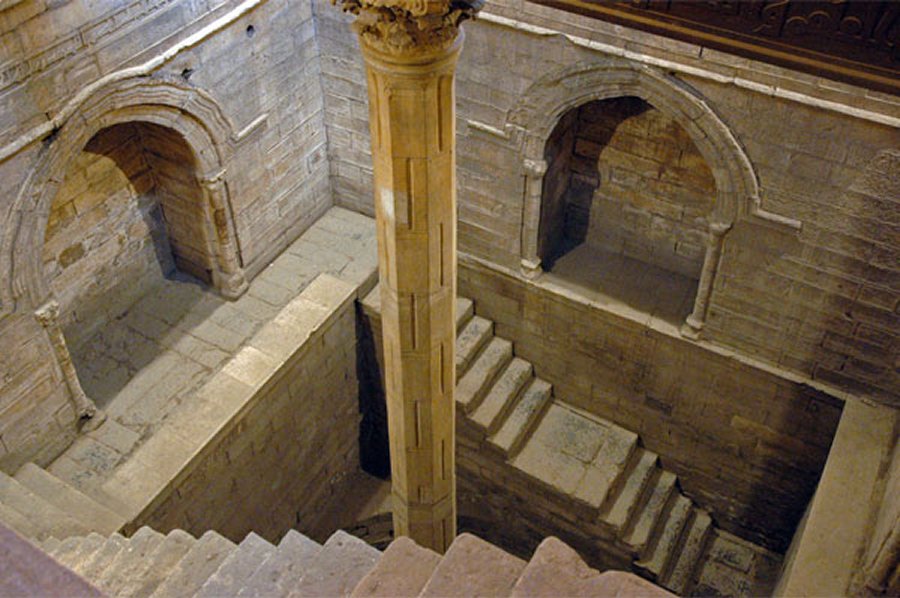
A list of names carved in Greek was inscribed on a limestone block in the nilometer. Each name is followed by a number, which suggests the individuals recorded were beneficiaries who contributed funds to build the structure. In the third century B.C., Egypt was ruled by the Ptolemies, a line of Greek royalty who assumed power there after the death of Alexander the Great.
“If the water level indicated there would be a strong harvest, taxes would be higher,” Robert Littman, an archaeologist at the University of Hawaii said.
MessageToEagle.com

